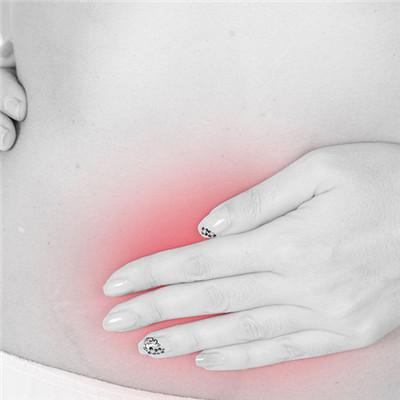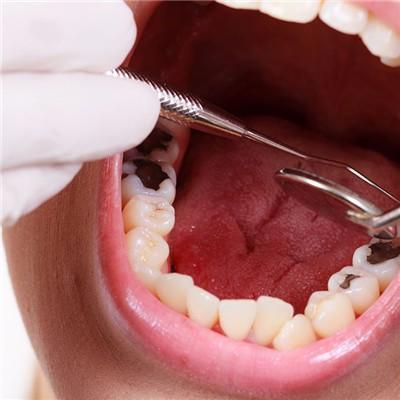What symptom does heart infarction have before
summary
In clinical practice, not all myocardial infarction attacks have aura, but usually 50% - 80% of people will have some early warning symptoms before the onset of acute myocardial infarction, and the time of occurrence of aura is generally 1-2 days or longer. What symptom does heart infarction have before tell everybody.
What symptom does heart infarction have before
First: chest pain or precordial pain, chest pain at night or at rest. When precordial pain occurs at rest or at night, it is necessary to highly suspect the onset of myocardial infarction. Generally, angina pectoris at night or after rest is the precursor of the onset of myocardial infarction.
Second: the symptoms of angina pectoris aggravate, people who have suffered from angina pectoris in the past, if the symptoms of angina pectoris gradually aggravate in the past month; or the frequency of chest pain is more frequent than before, the degree of chest pain is more and more serious, the scope of chest pain is larger, and the duration is longer, we should be alert to the attack of myocardial infarction. In addition, angina attack, in 15-20 minutes can not effectively alleviate, but also to guard against myocardial infarction.
Third: no obvious inducement of chest pain, suffering from angina pectoris, can find obvious inducing factors, such as fatigue, excitement, etc., but now in a quiet state without obvious inducement, there are chest pain symptoms, accompanied by sweating, vomiting, nausea, etc., to see a doctor in time.
matters needing attention
Once the symptoms occur, they must be treated seriously. First of all, the patient should stay in bed strictly and keep quiet to avoid excessive mental tension. At the same time, he should contact the nearby large hospital immediately and be ready to be sent to the hospital. Transport must be able to transfer smoothly. Patients should avoid getting up and be transported by stretcher when the condition is relatively stable. Continuous or intermittent oxygen inhalation during transportation.









